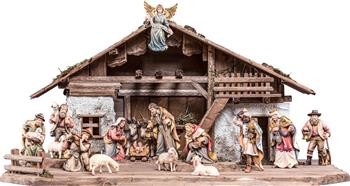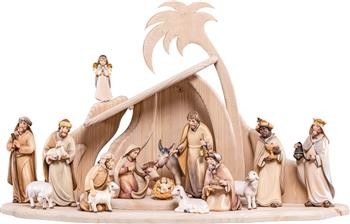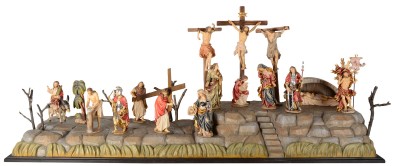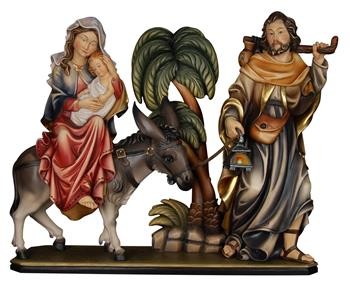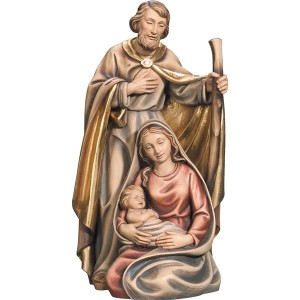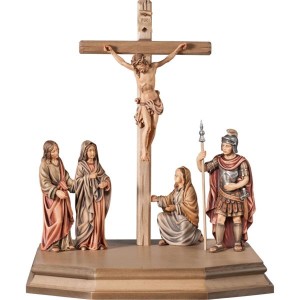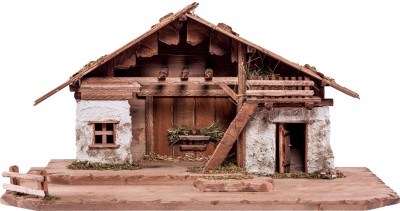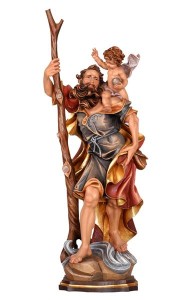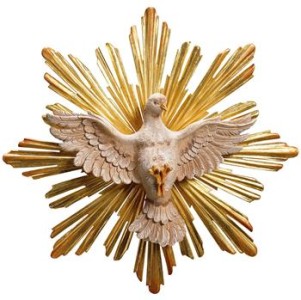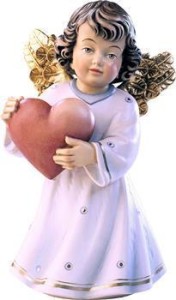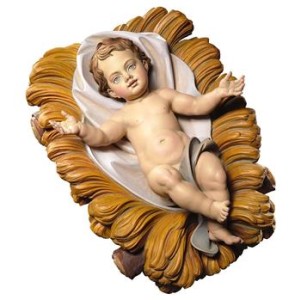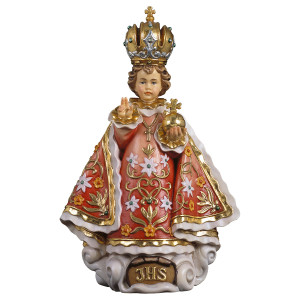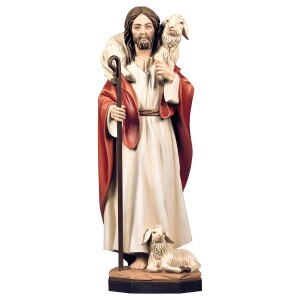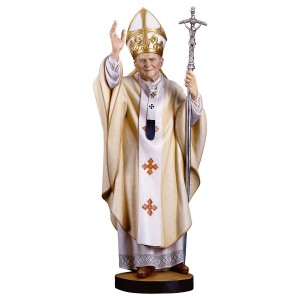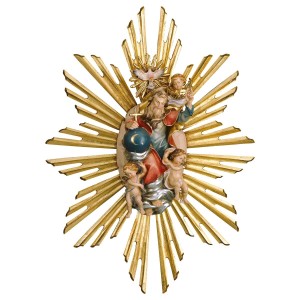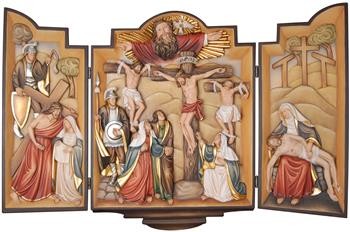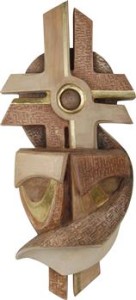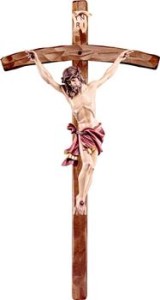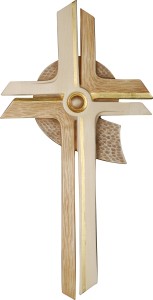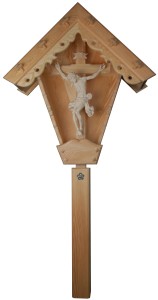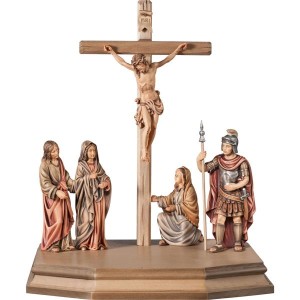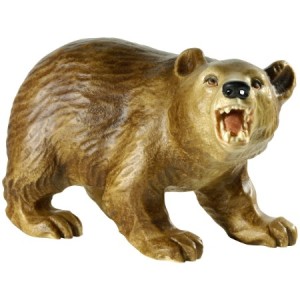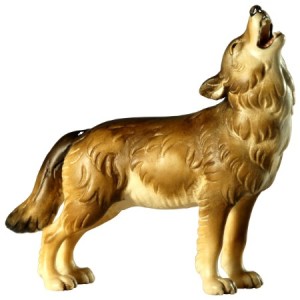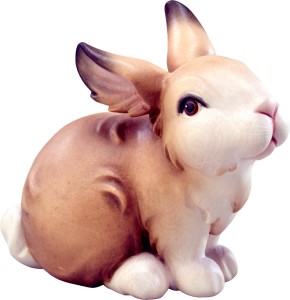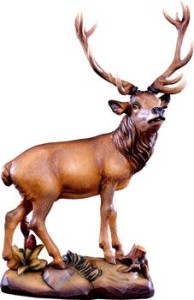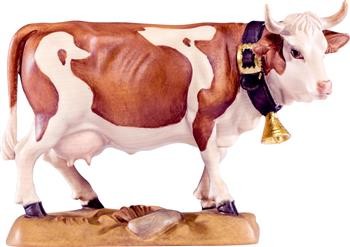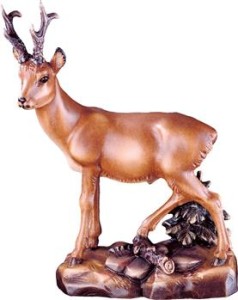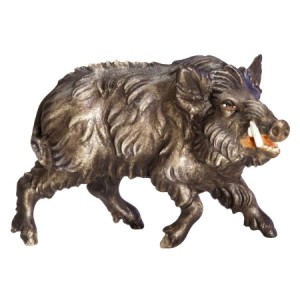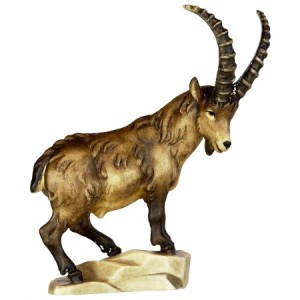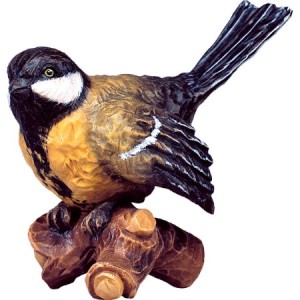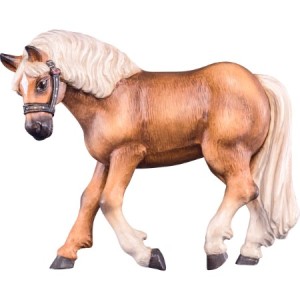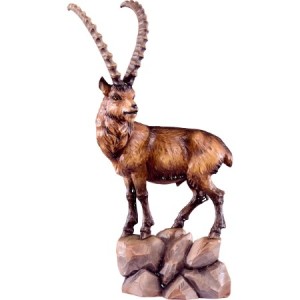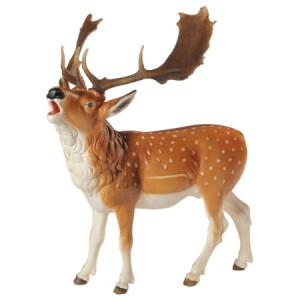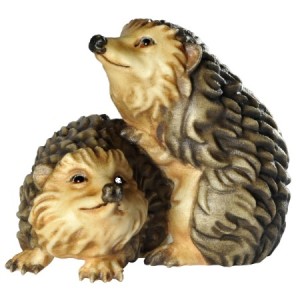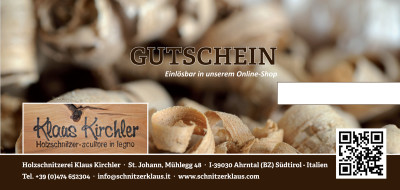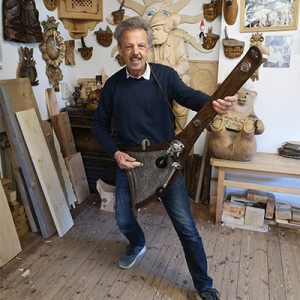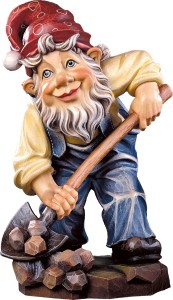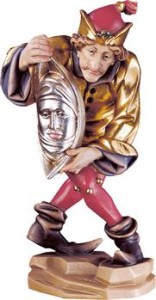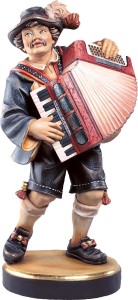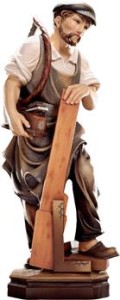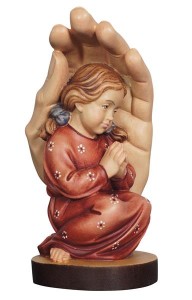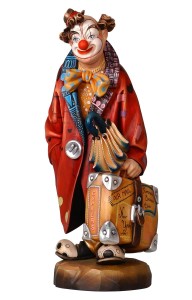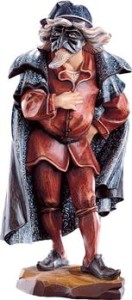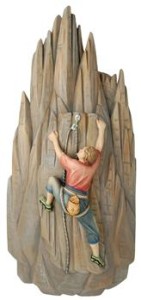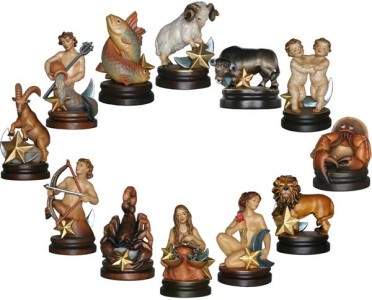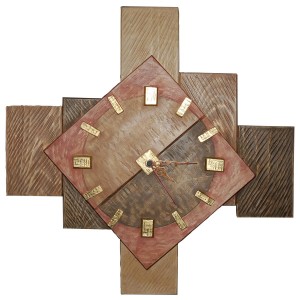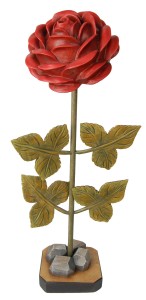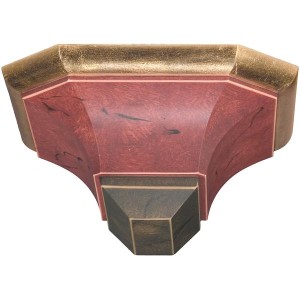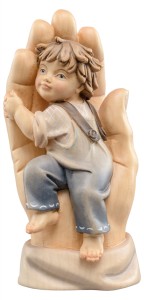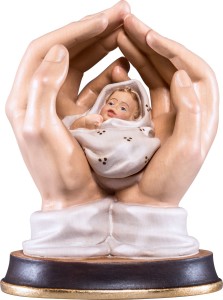Artistry in Wood: The Creation of Wooden Nativity Figures
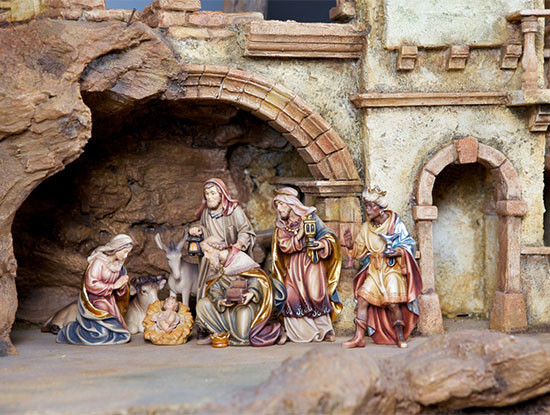
Wooden nativity figures are an integral part of the Christmas season, representing a long and cherished tradition. Behind the creation of these wooden figures lies an impressive craftsmanship that requires attention to detail and a deep passion. In this article, we will take you on a fascinating journey through the world of wooden nativity figures, revealing the entire process from start to finish.
The History of Wood Carving for Nativity Figures
Before delving deeply into the processes of wood carving for nativity figures, it's worth taking a brief look at the historical significance of this art form. The tradition of the Christmas nativity scene has its roots in the 13th century, but it gained true recognition in 1223 when St. Francis of Assisi, in Greccio, Italy, decided to depict the birth of Jesus through figures. This idea rapidly spread, bringing with it the art of carving nativity figures.
Selecting the Right Wood
The first step in creating wooden nativity figures is the careful selection of the right wood. Most artists prefer wood types such as maple, lime, or Swiss pine because they are easy to work with and possess a pleasant texture. It is essential that the wood is well-dried and free from cracks to ensure the nativity figures remain durable.
Sketching the Design
Before actual carving begins, it is crucial to create a detailed sketch of the planned figures. This sketch serves as a template and a guideline throughout the manufacturing process. An experienced artist meticulously plans the design, ensuring that proportions and details are accurate.
Shaping the Rough Form
After the sketch is complete, a clay model is created. This allows for adjustments if the model doesn't match the initial vision. Following this, the actual carving process begins, often using rough carving tools like chisels and saws. Careful work is essential to prevent damage to the wood and ensure the figure takes its desired shape.
Refining the Details
After creating the basic form, the refining stage begins. Smaller carving tools like gouges and rasps are used to shape the finer details of the figure. This step demands patience and precision as artists carve facial features, clothing, and other characteristics.
Applying Color and Finish
Once the nativity figures are carved, the next step is the application of color, bringing the figures to life. This is a crucial step where the right colors and techniques must be used to make the figures appear realistic. High-quality oil paints are typically used. Finally, a protective sealant or varnish may be applied to preserve the figures.
Assembling the Nativity Scene
After all the figures are carved, painted, and finished, it's time to assemble the nativity scene. Artists place the figures either in an elaborately designed stable or in a natural setting that recreates the birth scene of Jesus. This is often a challenging task, as the positioning of the figures and the creation of the background require a high level of craftsmanship.
The Significance of Wooden Nativity Figures
The creation of wooden nativity figures is not just a craft; it is also a form of spiritual expression. Artists infuse not only their craftsmanship but also their love for the Christmas story and their faith into each work. These hand-carved nativity figures enrich our Christmas decorations and remind us of the true meaning of the holiday. The next time you admire a nativity scene, consider the amount of work and passion that goes into each of these wooden artworks.
Closing Thoughts
The art of carving wooden nativity figures is a centuries-old tradition that remains vibrant today. The artists who create these figures bring not only their craftsmanship but also their love for the Christmas story and their faith into each work. These nativity figures enhance our Christmas decorations and serve as a reminder of the true meaning of the holiday. When you next gaze upon a nativity scene, remember the dedication and devotion that goes into each of these wooden works of art.
The South Tyrolean Nativity Carvers and Their Masterpieces
A special highlight in the world of nativity carving is the masterpieces created by the South Tyrolean nativity carvers. The South Tyrol region in Italy is renowned for its craftsmanship and the enduring tradition of wood carving. South Tyrolean nativity carvers are celebrated for not only their exceptional craftsmanship but also their deep dedication to their art.
Nativity carving in South Tyrol has a long history dating back to the 17th century. Over time, a unique school of carving developed in the region's villages, and this tradition is lovingly preserved to this day. The nativity figures created by South Tyrolean artists are distinguished by their unparalleled quality and attention to detail. They are not only artistic craftsmanship but also an expression of a deep spiritual connection to the Christmas story.
What sets South Tyrolean nativity carvers apart is their commitment to detail. The facial features of the figures, the folds of the clothing, and even tiny accessories are carved with great care. Each figure is crafted with passion and precision to represent the Christmas story as authentically as possible.
In conclusion, the art of carving wooden nativity figures is a timeless tradition, and South Tyrolean nativity carvers live it in a special way. Their masterpieces are not just artistic decorations but also symbols of faith and hope that make the Christmas season so special. We should appreciate their dedication and talent, and each year, enjoy their unique creations anew.


